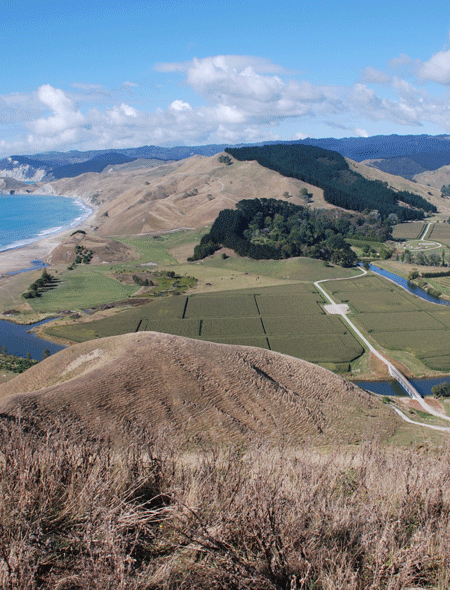Landscape architects Paul Drummond, ASLA, of the Design Collective, Thomas Woltz, FASLA, of Nelson Byrd Woltz Landscape Architects, and Robert Rock, ASLA, of Living Habitats have been exploring ways to improve connectivity for wildlife and humans.
Woltz argued that a good crossing is “multi-user.” He relayed his work at the 3,000-acre Orongo farm on the east coast of New Zealand. Over the past 13 years, his firm has created a protected wildlife corridor along the coastline. The original temperate rainforest found there was restored, with 600,000 trees planted. “Thousands of birds migrating now stop there.”
And the forest now provides habitat for the ancient (and endangered) Tuatara reptile, which has been re-introduced. The landscape is now “a wildlife bridge of a damaged ecology; it enables animals to safely move over something dangerous,” which for them is the remaining sheep farm landscape.
Memorial Park in Houston, Texas is another of his firm’s projects that will increase connectivity for both wildlife and humans. A vast land bridge, a “diverse ecological corridor,” will provide a bridge over a “lethal highway” that bisects the massive park, and is “like the game Frogger to cross.”
Photo of Orongo Station by Nelson Byrd Woltz Landscape Architects.

